The Italian automotive “giant” Ferrari has introduced many models over its long history that can rightly be considered legendary. However, in addition to popular production cars and racing cars, the company has repeatedly produced truly unique cars that have gained fame only in narrow circles of fans who really understand good cars.
Ferrari 375MM (1953)

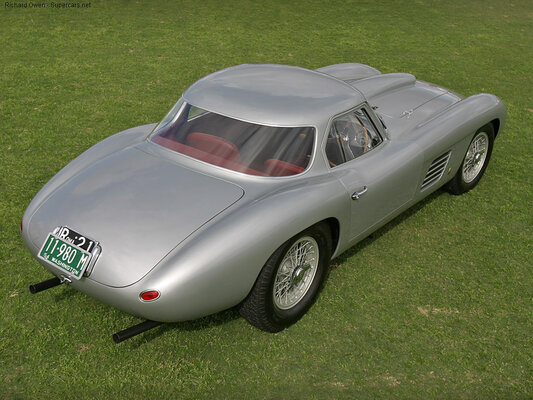
A racing sports car produced by the company from 1953 to 1955. In its name, 375 stands for the volume of one cylinder in the engine, and MM stands for the Mille Miglia race. A total of 263 cars were produced. They were intended only for participation in various auto races. A feature of the Ferrari 375 MM is a large engine capacity with a low body weight. So, a 4.5-liter engine worked in a car weighing 990–1030 kg, depending on the configuration, and produced 350 horsepower. The maximum speed developed by the Ferrari 375 MM was 270 km/h. In addition, an individual body was developed for each car.
💡 Interesting fact: the last race of the model was the 12 Hours of Casablanca, held at the end of 1953. In them, the car performed in the Ferrari team. After that, the model was sold to participate in the American races, and for 11 years brought its owners 56 prizes.
Ferrari 125S (1947)
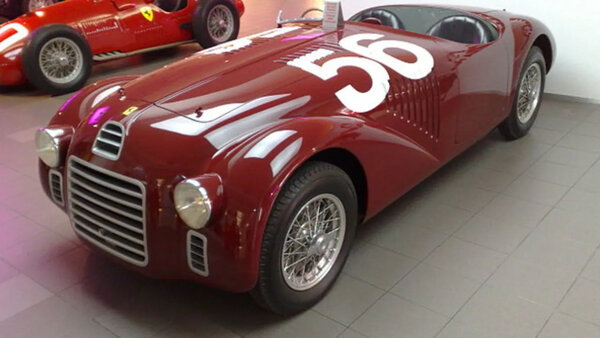

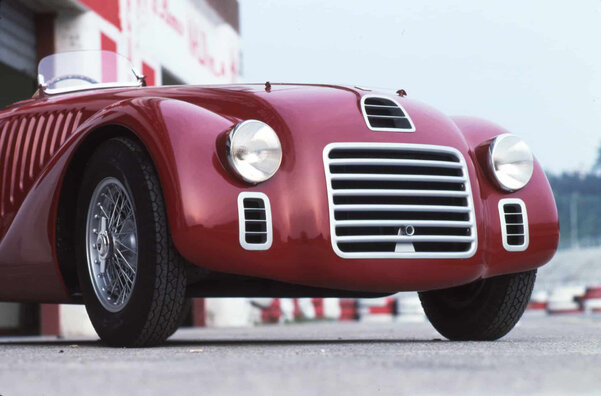
This is the first car produced by Enzo Ferrari. His debut took place in 1947. A total of 2 prototypes were made. In May 1947, the model raced in Piacenza. The peculiarity of the car is that all parts are designed and manufactured by the Ferrari concern. Prior to this, the products partially used components from Fiat. The machine is equipped with a 1.5-liter engine and a five-speed manual gearbox. Its mass was only 650 kg. The debut in the race ended in failure. The small and light car was forced to give way to the Maserati 6CS 1500s. But after 2 weeks, the 125S won the Grand Prix of Rome. In total, the car won 6 competitions in 1947, but failed to win that year’s Mille Miglia.
💡 Interesting fact: currently one of the surviving cars is stored on the lower level at the Petersen Automotive Museum in California.
Ferrari P80/C (2019)
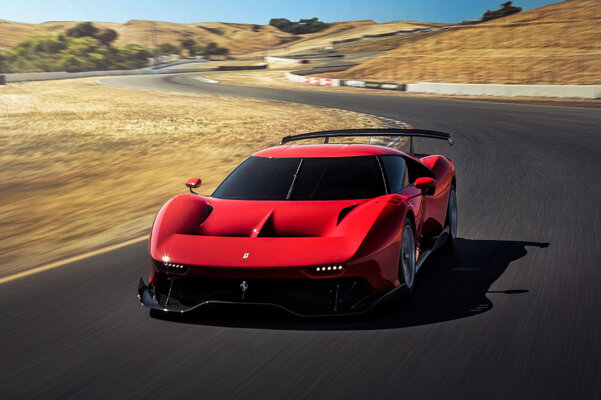

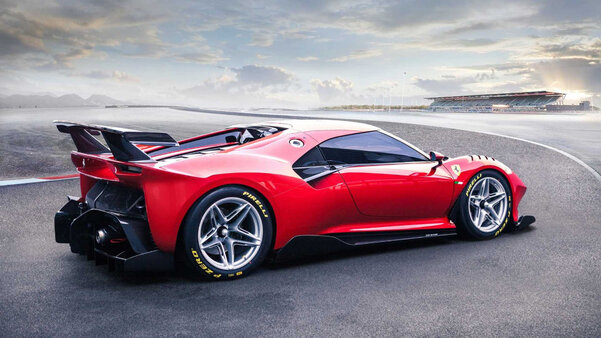
A one-of-a-kind supercar inspired by the Ferrari 488 GT3 racing car. The manufacturer keeps the technical characteristics of the car secret, but it is most likely that the power plant was borrowed from the 488 GT3. A 3.9-liter engine with 720 horsepower and a seven-speed dual-clutch transmission. The wheelbase is increased, the lightweight body is completely made of carbon fiber. Most of the time was taken by the development of the body. The idea is for the car to visually resemble old racing cars like the Ferrari 330 P3/P4 and the Ferrari 250 LM. Designers gave it the most rapid and aggressive look. The tinted glass and black A-pillars have played their role – together they look like a racing helmet visor.
Ferrari 512 BB LM (1979)
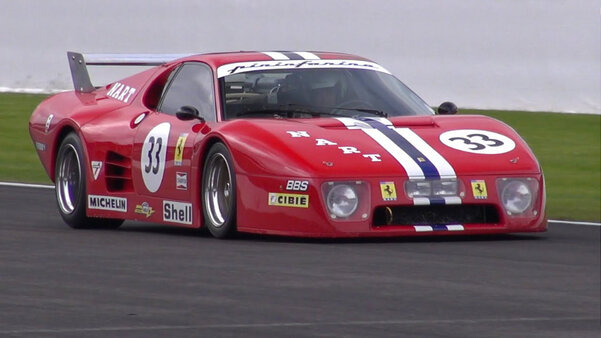
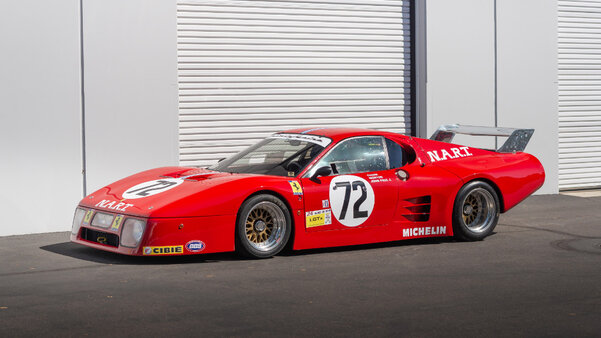
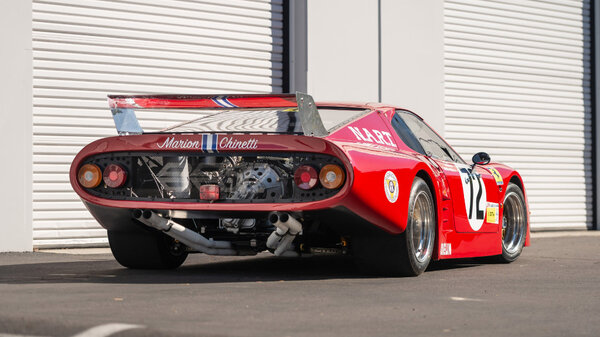
The two-seater racing coupe was designed by the Ferrari Assistenza department in Modena and tested in the Pininfarina wind tunnel in 1979. The power of the five-liter V12 engine has been increased to 480 horsepower. The body was significantly improved – long overhangs were added, the wheelbase was expanded and a large wing was installed. The maximum speed of the car was 325 km / h. A total of 25,512 BB LMs were produced from 1979 to 1982. It was not possible to overtake cars of its main competitor Porsche 935 Ferrari, but it showed impressive results at Le Mans races: in 1980 it took first place in the GTX category and fifth overall, and in 1981 – sixth place in general race.
Ferrari 408 4RM (1987)
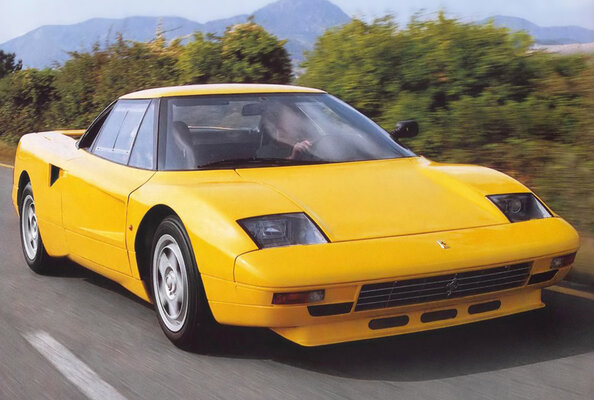
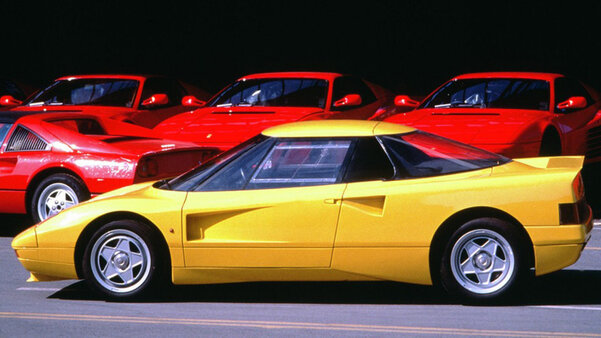

The first all-wheel drive car in the history of the brand. A total of two prototypes were built. The first was designed in 1987 and equipped with an all-steel welded chassis. The second one was in 1988 with an aluminum frame that was glued together. Model 408 4RM is equipped with a 4-liter eight-cylinder engine with 300 horsepower and five-speed mechanics. The second car was painted a rich bright yellow and is on display at the Galleria Ferrari in Maranello. After that, the Ferrari 408 4RM made the cover of Road & Track magazine.
💡 Interesting fact: Initially, the car was created as a symbol of protest – first of all, against the principles of the World Automobile Federation. At that time, it allowed the use of all-wheel drive only in rally cars.
Ferrari SP12EC (2012)
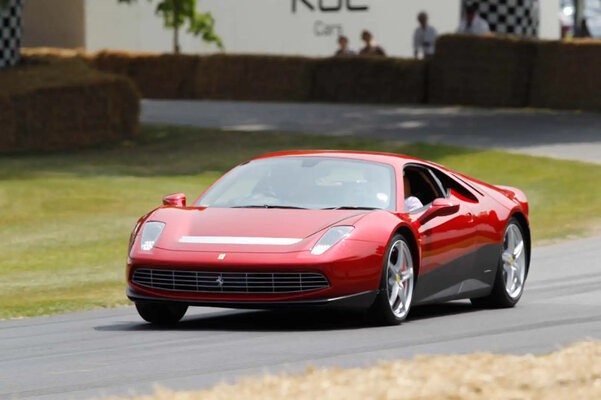
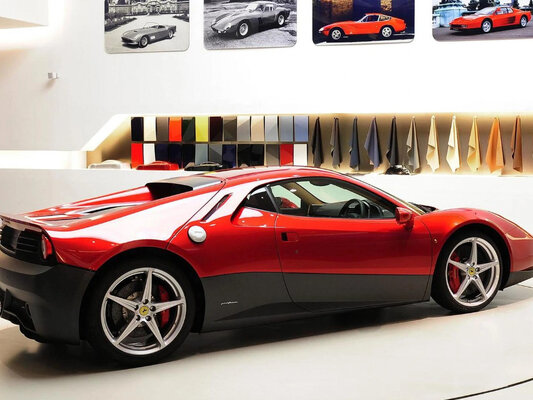
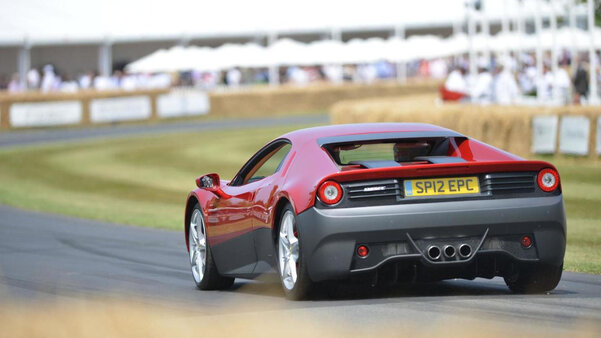
A unique car created specifically for the private collection of the famous rock musician Eric Clapton. The basis was the previously released model Ferrari 458 Italia, and the legendary Ferrari 512 BB was the ideological inspiration. There is no official information, however, most likely, a 4.4-liter eight-cylinder engine with a capacity of 570 horsepower was left under the hood. Acceleration from zero to hundreds takes 3.3 seconds, and the maximum speed is 325 km / h. Most of the work was done by the designers who created the body. The features of 512 BB are clearly discerned in it.
Ferrari 250 GT Zagato Berlinetta (1956)
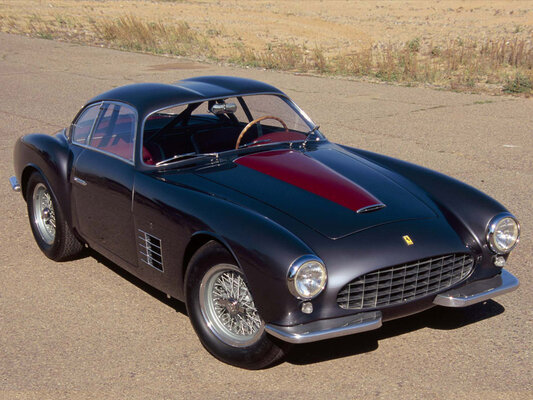
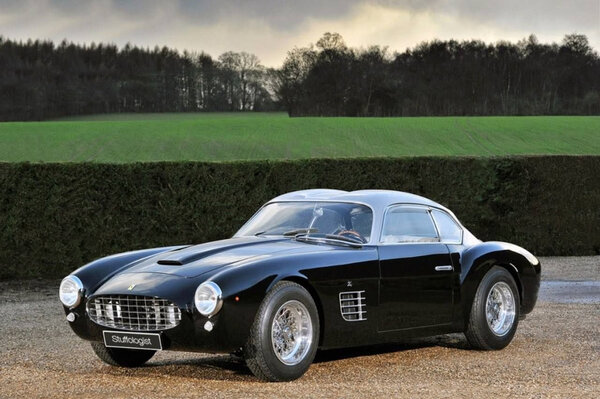
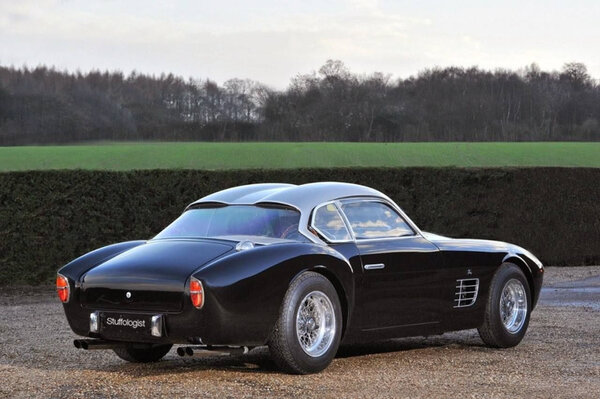
The car, which is considered the most successful collaboration of two automotive giants – Italian Ferrari and British Zagato. From the first, the model received the already proven chassis of the Ferrari 250 Tour de France, from the second – a stylish and lightweight streamlined body with high aerodynamic performance. In total, 5 such cars were produced for individual orders. One of the first Ferrari 250 GT Zagato Berlinettas became the property of Camillo Luglio, a former fighter pilot with a serious passion for racing. It was with this car that he twice became the champion of Italy and took second place at the 1958 Mille Miglia.
Ferrari SP38 Deborah (2018)
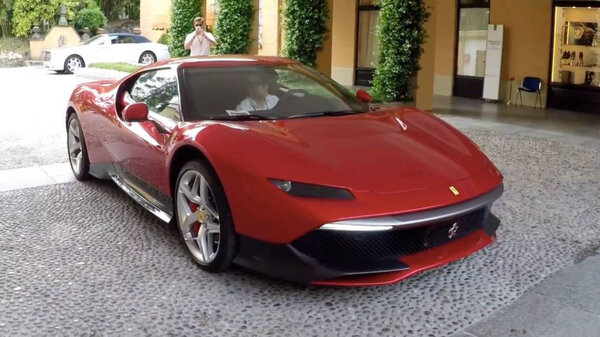
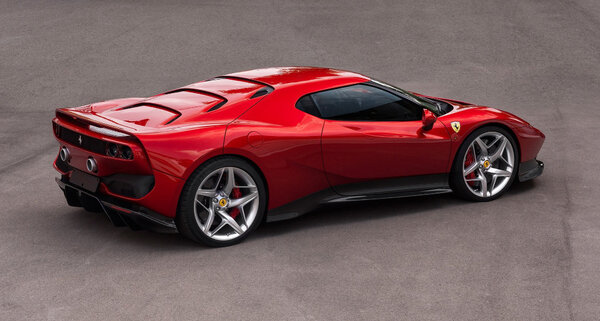
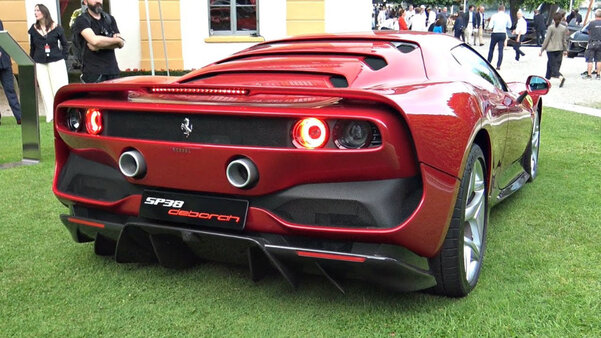
Another exclusive car created as part of the One-Off program for racing driver Deborah Meyer and named after her. In fact, this is still the same serial Ferrari 488 GTB, placed in a new body and somewhat modified. Under the hood is a 3.9-liter eight-cylinder engine with a capacity of 670 horses. The maximum speed is 330 km / h, acceleration to hundreds of 3 seconds. The original case is assembled from aluminum and carbon fiber. Visually, the car resembles the Ferrari F40. However, the uniqueness in its appearance is created by a wide mesh radiator grille, continuous cab glazing, narrow headlights, a rear wing integrated with the rear fenders, and an opaque engine compartment cover with three “gills”.
Ferrari 365 GTC/4 (1968)
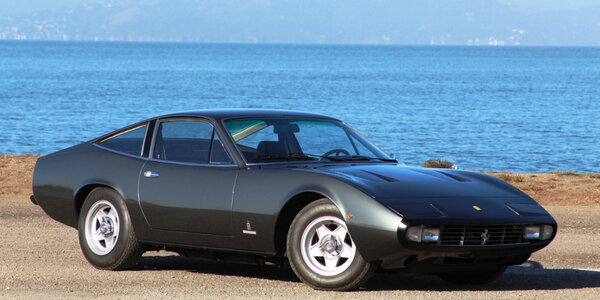
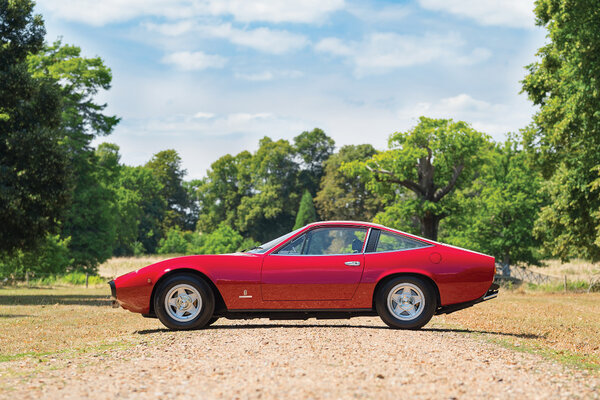
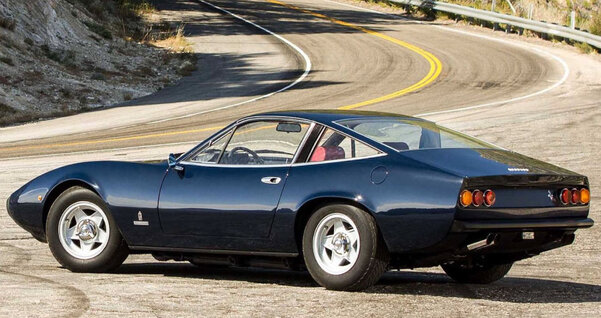
The unofficial and better known model name is the Ferrari Daytona. This is a two-seat car, which was produced from 1968 to 1973. The manufacturer offered two body styles: coupe and convertible. A total of 1406 cars were produced. Under the hood, a 4.3-liter twelve-cylinder engine was installed, which produced 353 horsepower. For racing models, the figures were slightly higher. The maximum speed was 280 km / h, it took a little more than 5 seconds to accelerate from zero to hundreds.
💡 Interesting fact: after the huge boom in convertibles, craftsmen began to cut the roofs off the coupe and sell it under the guise of a 365 GTS/4.
Ferrari 500 TRC (1957)
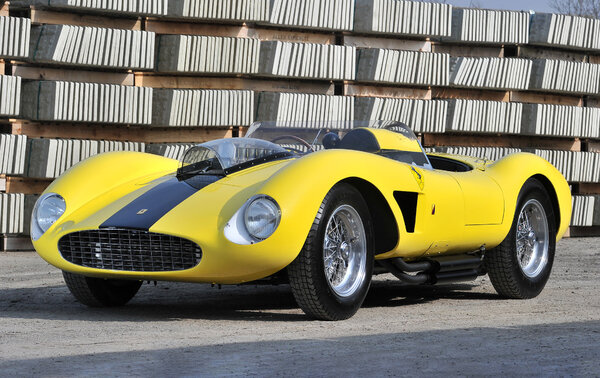
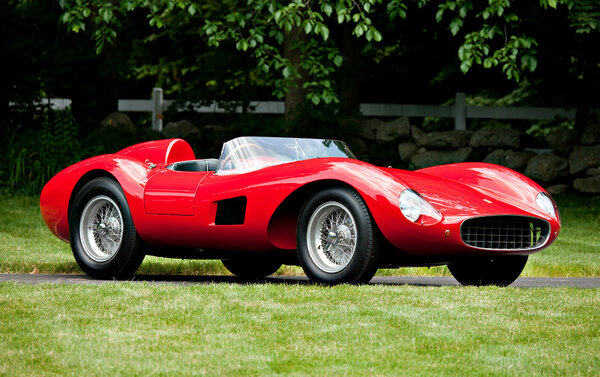
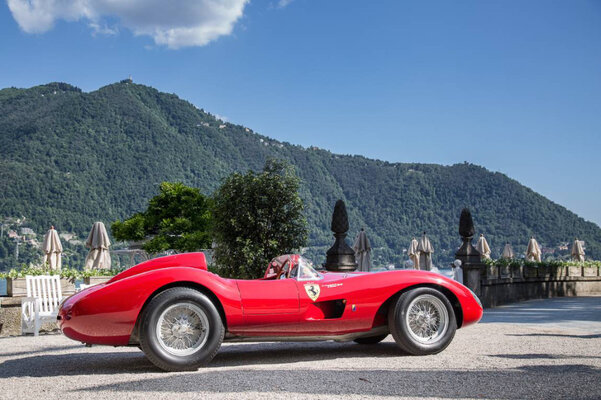
The company had to urgently modify the Ferrari 500 Testa Rossa to meet the new requirements for sports cars from SCCA. It used an updated version of Ferrari’s 190 horsepower 2.0-liter four-cylinder engine and chassis modifications that differentiated it from the previous model. Significant body changes include a full-width windshield and a convertible top. A total of 19 cars were assembled, of which almost half were sent to America to participate in various SCCA events.
💡 Interesting fact: recently, one instance of the Ferrari 500 TRC, which participated in many competitions, was sold at auction for almost $ 8,000,000 (a little pain 505,000,000 rubles at today’s exchange rate).
Source: Trash Box
Johanna Foster is an expert opinion writer with over 7 years of experience. She has a reputation for delivering insightful and thought-provoking articles on a variety of subjects. Her work can be found on some of the top online news websites, and she is currently lending her voice to the world stock market.

.jpg)





